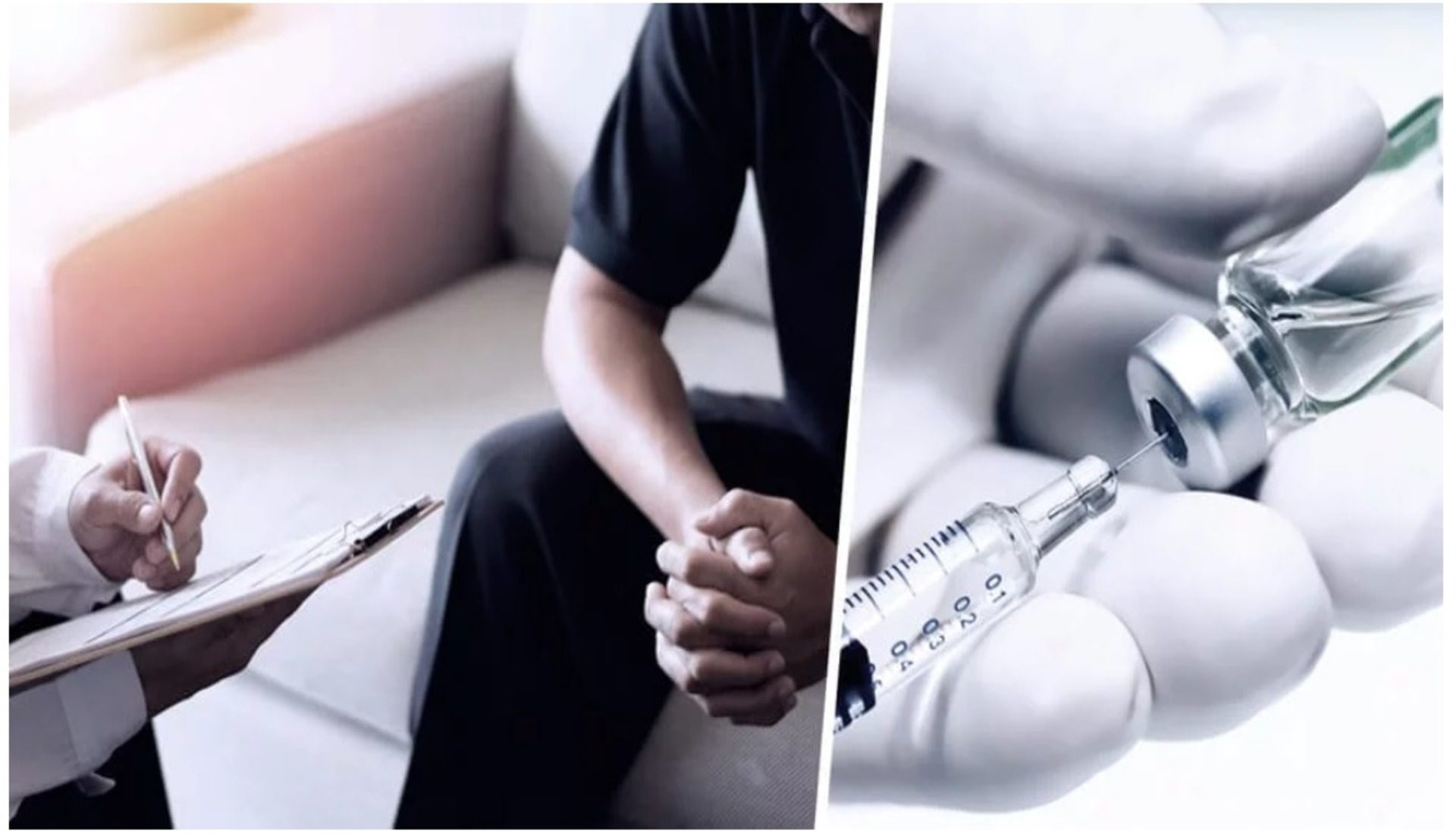Keep this hardworking joint in good condition.

We depend heavily on our legs to do many of the things that we take for granted, like sitting down and getting up. In fact, every time you walk down the stairs, your knee takes about five times your weight. Just like any tool, the more you use your knees, the more worn out they get – and the higher your risk of degenerative bone diseases.
Look for signs
Having trouble sitting down or getting up from the toilet seat, entering and exiting a low car, and walking up and down the stairs are all signs of osteoarthritis, along with the progressive shortening of your joints. Dr Douglas Yuen, aesthetic physician at Nexus Clinic, explains: “The early signs and symptoms are mild tenderness at the particular joint area, which comes with a little bit of rigidness and swelling.” Dr Jasmine Ruth, aesthetic physician and clinical director of Nexus Clinic, adds that there is also usually pain upon exertion and while performing a certain movement, as well as reduced flexibility. “Go see a doctor and treat it early! The moment it passes level two or three, you’re looking at a lifetime of pain management or total knee replacement surgery,” Dr Jasmine stresses.
Know the causes
Whether you thrive on physical activity or you’re on the opposite end of the spectrum, your knees are bound to come under more pressure. Osteoarthritis, says Dr Douglas, peaks in patients who are 60 years old and over; however, it may affect someone from as young as 35. “It can be caused by vigorous workouts that cause basic wear and tear, along with being sedentary to the point of obesity. You will need to do all things in moderation,” he points out. Worryingly, the odds are further stacked against women “If she’s not obese, she’s still prone to getting osteoarthritis because of the decline in oestrogen postmenopause. Women rely on this hormone to bring calcium to the bones,” Dr Jasmine elaborates.
What to do
If you experience any of these symptoms, your doctor would most likely request that you get an X-ray. Dr Jasmine shares that her routine procedure to assess common knee diseases or injuries is to do a preassessment, listen to the patient’s medical history, and perform a clinical examination on the knee. “If it depicts osteoarthritis, it’s fairly simple to treat and we can start almost immediately. However, if an X-ray does not confirm it, we’ll go with an ultrasound or a magnetic resonance imaging (MRI) scan to further investigate how bad the injury is. On the other hand, if it’s rheumatoid arthritis, there will be an immediate referral to a rheumatologist,” she clarifies.
Get it treated
“Platelet Rich Plasma (PRP) is used to reverse your knee condition – taking your blood and concentrating it, then injecting it into a localised area to lower the growth factors and repair your knee. We also do stem cell treatments and use a particular product, which is biocompatible with the synovial fluids in your knee capsule. The viscosity and content is identical to your own synovial fluid – which acts as lubrication when you walk – enabling us to replace the fluid. Furthermore, we incorporate nutritional support that’s tailored to the patient’s needs, in addition to teaching them certain exercises that they can do at home to prevent osteoarthritis,” shares Dr Jasmine.
If you’re considering alternative treatments, know that it’s important to get treated for the cause first, and then get other treatments on the side. “A majority of the public would like to go to a Chinese traditional medicine practitioner, obtain traditional medicine, or attend cupping or acupuncture sessions. I believe that it helps in a certain way, but it doesn’t reverse the disease or stop its progression,” she stresses.
Prevention and precautions
Dr Douglas paints this scenario: if you have bad knees, it may lead you to an inactive lifestyle, which can result in the development of chronic diseases like hypertension, diabetes, and cardiovascular diseases. Dr Jasmine adds, “It’s not just physical issues; it becomes a mental issue, leading many into depression.” The first step in taking care of your knees is to make sure you get adequate nutrients in your diet, including glucosamine and calcium. Vitamin D acts as a carrier for calcium, so it’s very important to your bones that you get enough of it. If you prefer a sedentary life, do get enough exercise for your knees; avid gym-goers are encouraged to start their workouts with a good five- to ten- minute stretch to warm up the muscles. Check that you’re exercising with the right posture to avoid hurting other areas of your body. For high-intensity training, be sure to invest in good shoes and knee guards.






